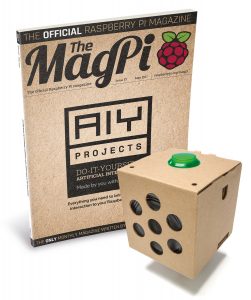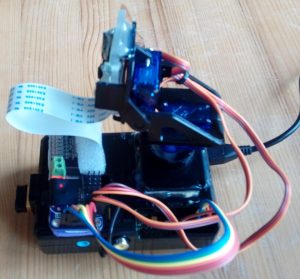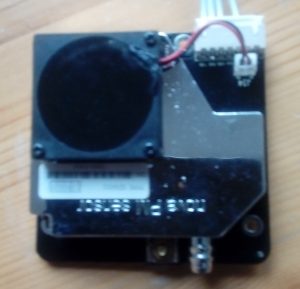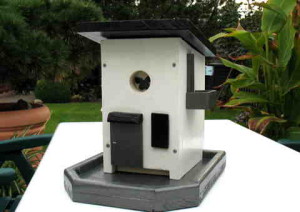The new version of the Raspberry Pi was a good reason to move this blog to a new home. Since the beginning, many outdated articles have accumulated here that are no longer particularly useful for most users.
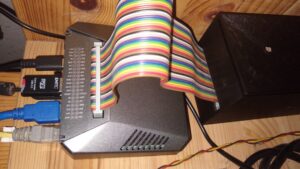
We will endeavor to publish more articles in the near future, because our new Raspberry Pi now also receives the data from various sensors via LoRaWAN and now displays them using Grafana.
